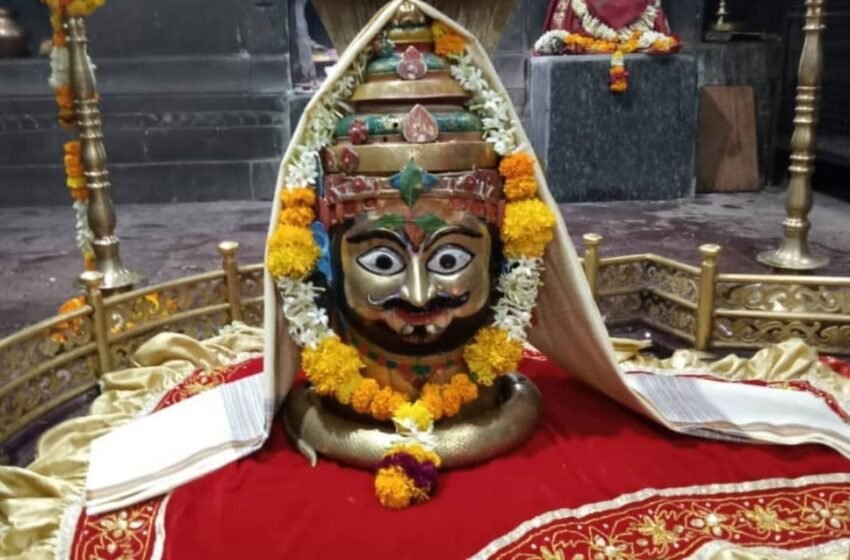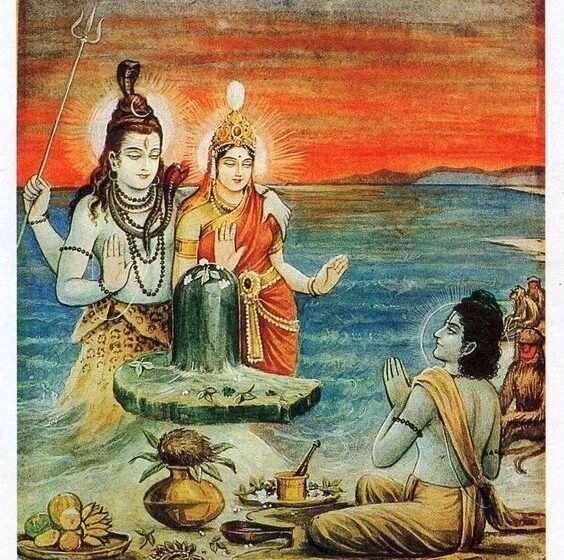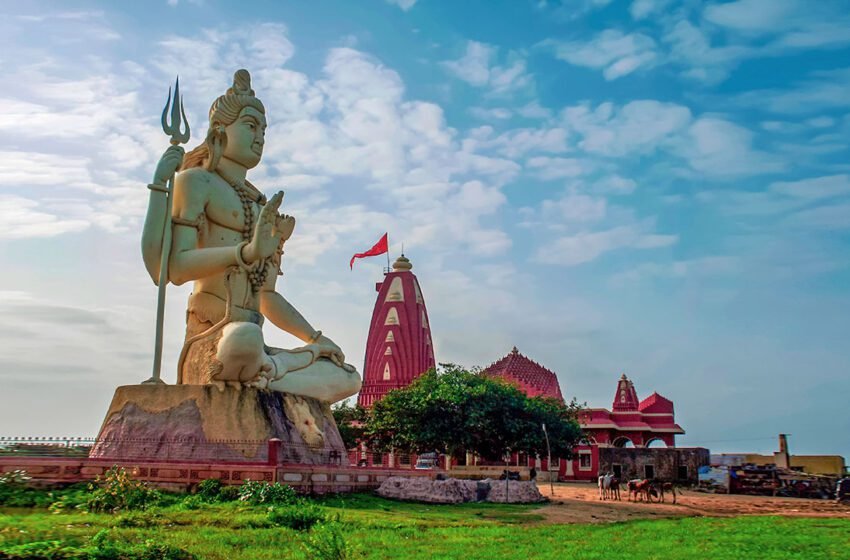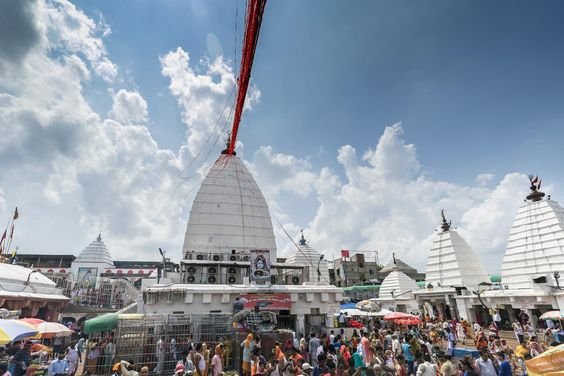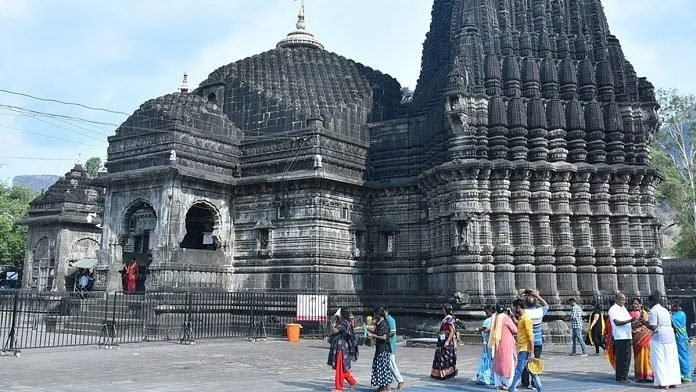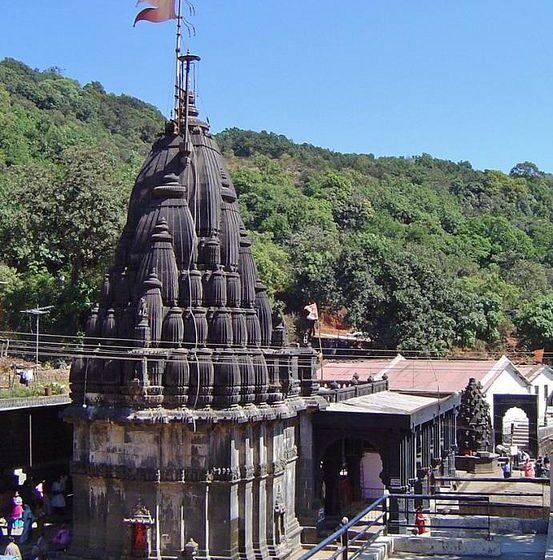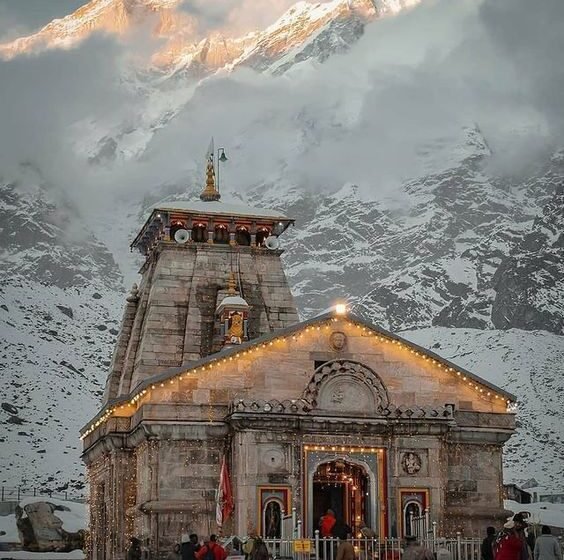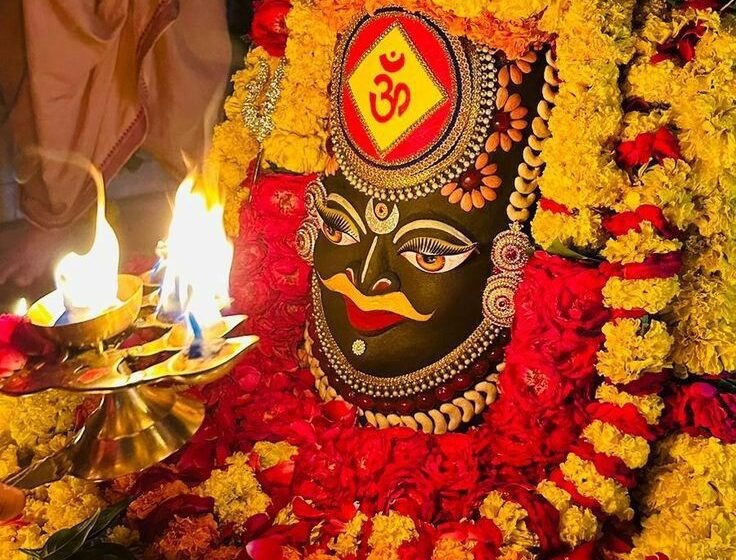Grishneshwar Jyotirlinga: The Last Abode of Lord Shiva’s Eternal Light
Maharashtra is a state which has 3 Jyotirlingas. Grishneshwar jyotirlinga is one of them. Nestled in the historic UNESCO World heritage site of Ellora, it is the 12th of the Jyotirlingas. The Aurangabad district’s little village of Verul is home to the Grishneshwar temple. The temple is conveniently close to the well-known Ellora Caves—less than […]Read More
